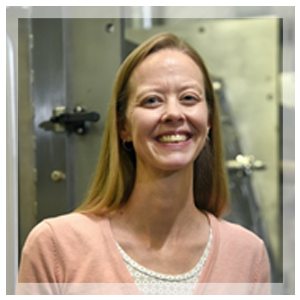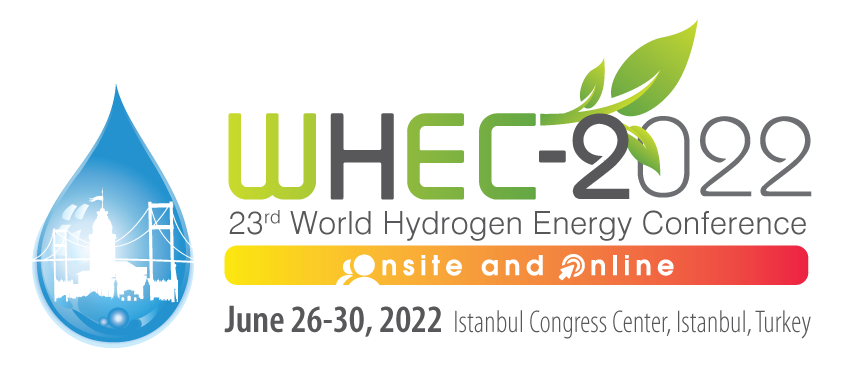| Name | Shannon Bragg-Sitton |  |
| Affiliation | Idaho National Laboratory | |
| Contact information | Director, Integrated Energy & Storage Systems Division, Energy & Environment Science & Technology Idaho National Laboratory 1955 Fremont Ave., Idaho Falls, ID 83415-2025 shannon.bragg-sitton@inl.gov |
|
| Presentation Title | The Essential Role of Nuclear-generated Clean Hydrogen in Achieving a Net-Zero Economy |
|
| Abstract | We are faced with an unparalleled challenge as we plan our future energy systems. Various studies have painted a rather bleak future, calling on all of us to take action to change our habits to reduce temperature rise, or to face the dire consequences to our ecosystems and way of life. All of this comes as we are also working to provide many communities greater access to electricity, clean water, and other resources that many of us in developed nations take for granted every day. Those communities can’t be denied the opportunity to improve their quality of life, which means that energy demands will continue to increase, even as developed nations flatten or reduce energy demands through energy efficiency measures. In light of these challenges, numerous decarbonization commitments have been announced by nation states, municipalities, and private companies, with many seeking to decarbonize the electricity sector by 2035 and to achieve net-zero emissions economy-wide by 2050. Traditionally, electricity generation and management and meeting energy demands for industry and transportation are considered independently. As we seek to achieve net-zero, we need to reassess energy demands, and energy carriers. When we consider overall energy use, only one-third is in the form of electricity. Additional energy demands are in the form of heat or steam for industrial processes, as well as transportation. These sectors are much harder to abate, and electrification may not be the best option—hydrogen, when produced without concurrent emissions, is an enabler to many clean energy solutions. Reducing environmental emissions at an affordable cost, while maintaining grid reliability and resilience, will require all clean energy resources available. That means coordinating the use of nuclear, renewables, and fossil fuels with carbon capture to meet growing demands for electricity, industrial applications, and mobility. The DOE Office of Nuclear Energy (DOE-NE) Program on Integrated Energy Systems (IES) is led by researchers at Idaho National Laboratory (INL) and work is conducted in partnership with an array of other DOE laboratories, industry, and academia. The primary focus of IES research is to assess the technical and economic potential of IES to enhance the flexibility and utilization of nuclear reactors working alongside renewable generators to meet an array of energy demands—thereby maximizing the utilization of clean energy resources across all energy sectors. Various energy applications and product streams beyond electricity are being evaluated, ranging from generation of potable water to production of hydrogen and hydrogen-based products such as fertilizers, synthetic fuels, steel, and various chemicals. This presentation will highlight the wide array of R&D being conducted across multiple DOE-funded programs to develop and deploy nuclear-based IES that will be key to achieving our net zero goals. By working with key collaborators in the nuclear industry, analytical studies are now becoming a reality in nuclear-generated hydrogen demonstration projects. |
|
| Biographical Sketch |
Dr. Shannon Bragg-Sitton is an internationally recognized pioneer in the innovative application of nuclear energy alongside other clean energy generators, seeking to maximize energy utilization, generator profitability, and grid reliability and resilience through systems integration. Shannon is the Director for the Integrated Energy & Storage Systems Division in the Energy & Environment Science & Technology Directorate at Idaho National Laboratory, which includes departments for Power and Energy Systems, Energy Storage and Electric Transportation, and Hydrogen and Electrochemistry. She also serves as the National Technical Director for the DOE Office of Nuclear Energy Integrated Energy Systems (IES) program, which has developed novel modeling and simulation tools for technical and economic assessment of multi-input, multi-output IES and supporting experimental capabilities. Dr. Bragg-Sitton also Chairs the Generation-IV International Forum Task Force on Non-electric Applications of Nuclear Heat. Prior to her current position, Shannon held multiple leadership roles in DOE Office of Nuclear Energy programs since joining INL in 2010, including program leadership for space nuclear power and propulsion systems, advanced nuclear fuels, and microreactor development. Dr. Bragg-Sitton holds a PhD and MS in Nuclear Engineering from the University of Michigan, an MS in Medical Physics from the University of Texas at Houston, and a BS in Nuclear Engineering from Texas A&M University. |
|
